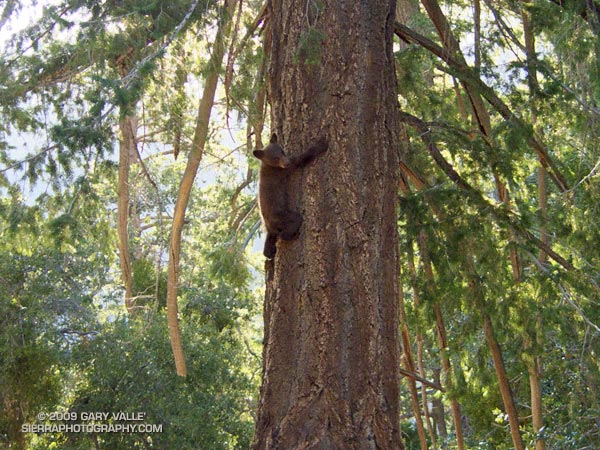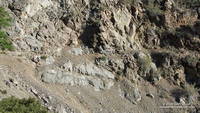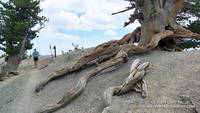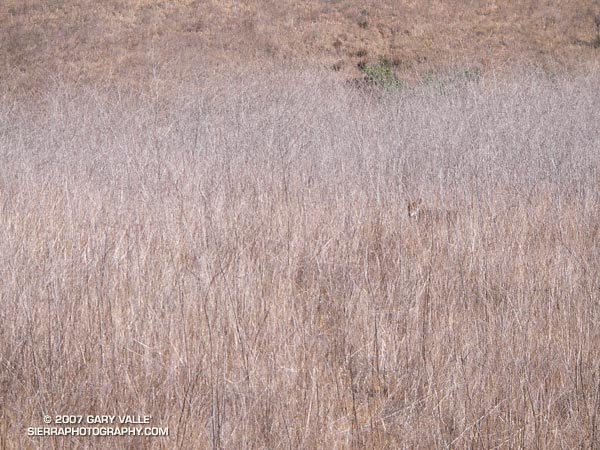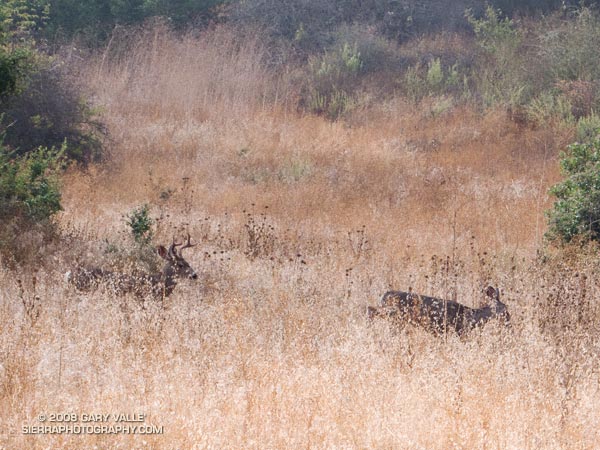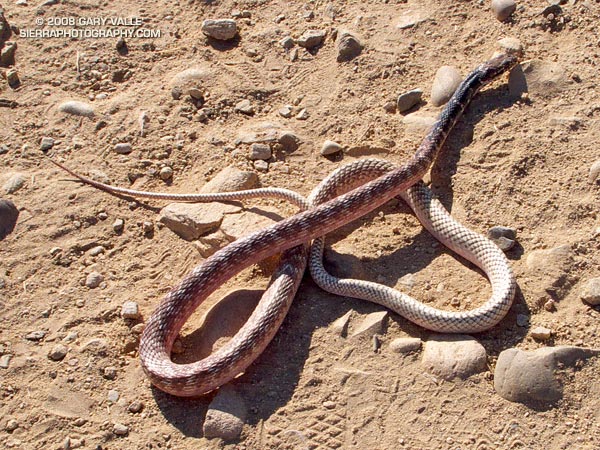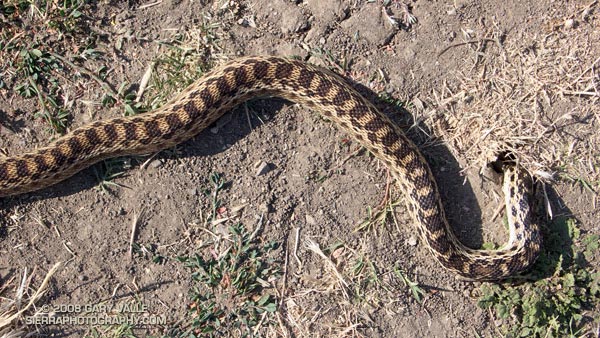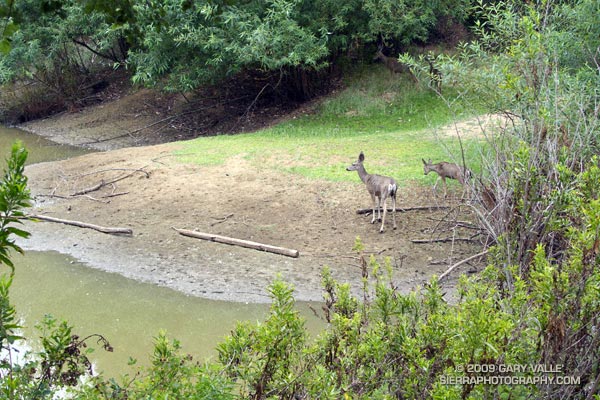
Deer seem to be plentiful in the Trippet Ranch area, and are frequently seen at this pond near the parking lot, or grazing among the oaks.
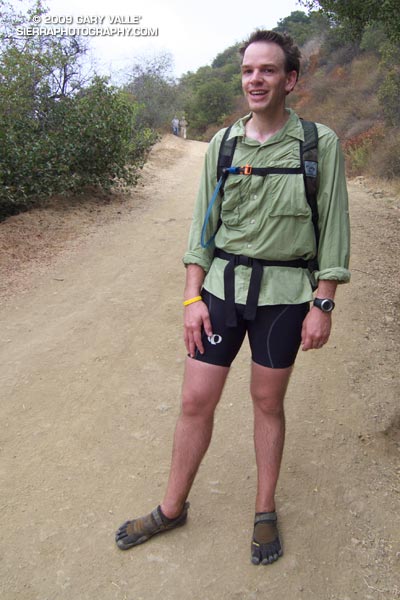 Running the Trippet Ranch Loop in Topanga State Park was a pleasant way to unwind after doing the Mt. Disappointment 50K last weekend. This 12.5 mile trail run from the End of Reseda is on a mix of fire roads and single track trail in chaparral and live oak woodland. I like to do the fire roads out to Trippet Ranch, and single track Musch and Garapito trails back. The elevation gain/loss on the loop is about 1800′.
Running the Trippet Ranch Loop in Topanga State Park was a pleasant way to unwind after doing the Mt. Disappointment 50K last weekend. This 12.5 mile trail run from the End of Reseda is on a mix of fire roads and single track trail in chaparral and live oak woodland. I like to do the fire roads out to Trippet Ranch, and single track Musch and Garapito trails back. The elevation gain/loss on the loop is about 1800′.
Running up the hill to the Hub on the way out to Trippet Ranch we noticed some barefoot prints mixed in with the mountain bike and running shoe tracks. Based on the gait, the tracks were from a runner — and from the speed they worked up the hill, the runner was feeling pretty good.
At the Hub the bare feet continued on our route, down Eagle Springs fire road, and about 10 minutes later they ended — at a smiling runner wearing Vibram Five Fingers. Returning to running after a year and a half hiatus to start a family, Chris had recently read Christopher McDougall’s Born to Run, and been inspired to try barefoot running.
Here’s a Cesium browser View of a GPS trace of the Trippet Ranch loop from Marvin Braude Mulholland Gateway Park at the southern end of Reseda Blvd., in the San Fernando Valley.
Some related posts: Ferns Along the Garapito Trail, Musch Trail Mule Deer, Garapito Trail Green

